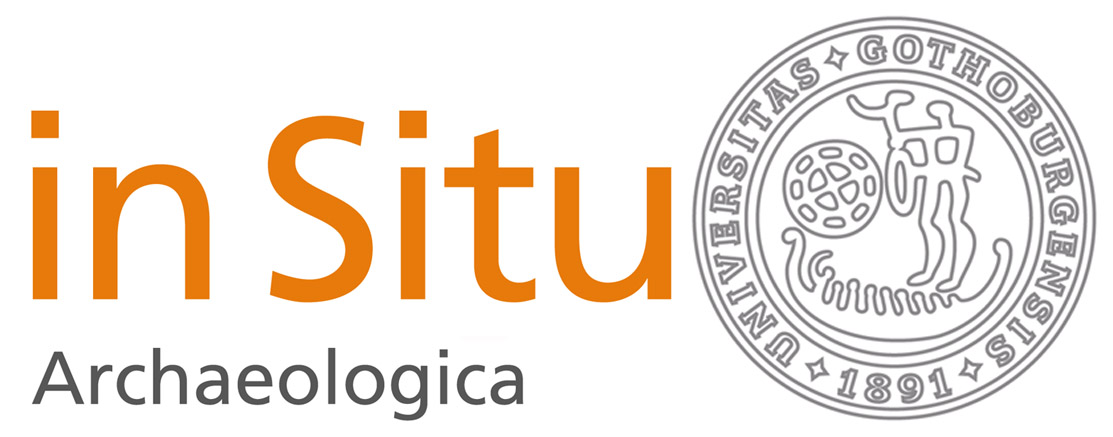Kitteln på Skrea backe
en förromersk brandgrav med keltisk import
DOI:
https://doi.org/10.58323/insi.v8.13363Nyckelord:
Iron Age, Burials, metal detectorAbstract
In September 2008, during the annual public Day of Archaeology, a 7 year old boy used a metal detector and came upon a rare find in Skrea parish, Halland, on the Swedish west coast. A Celtic cauldron, crafted in iron and bronze, measuring 0.5 m in diameter, was found in what was later recognized as a Pre-Roman cremation grave. The cauldron was analyzed by computerized tomography before excavation and preservation. The skeletal remains of three individuals along with burial gifts were found. 14C analysis dates the bones to 310–200 BC. This cauldron is one of barely a handful found in Scandinavia and represents the earliest type of imported Celtic metal vessels in this region. The present article is a first presentation of the cauldron and the burial gifts that accompanied the
dead. The author outlines a project for further analysis of this unique find.
Nedladdningar
Downloads
Publicerad
Referera så här
Nummer
Sektion
Licens
Författare som bidrar till In Situ Archaeologica har givit sitt medgivande att publicera sina artiklar under en Creative Commons-licens. Den ger tredje part vissa rättigheter till att nyttja materialet. Rättigheterna styrs av vilken licens verket är publierad under. Det åligger tredje part att sätta sig in i verkets creative common licens innan materialet används i eget syfte. Det är alltid författaren som har copyright till verket och allt nyttjande av tredje part förutsätter att ett tydligt erkännande ges till verkets upphovsperson, att en länk till licensen tillhandahålls.



